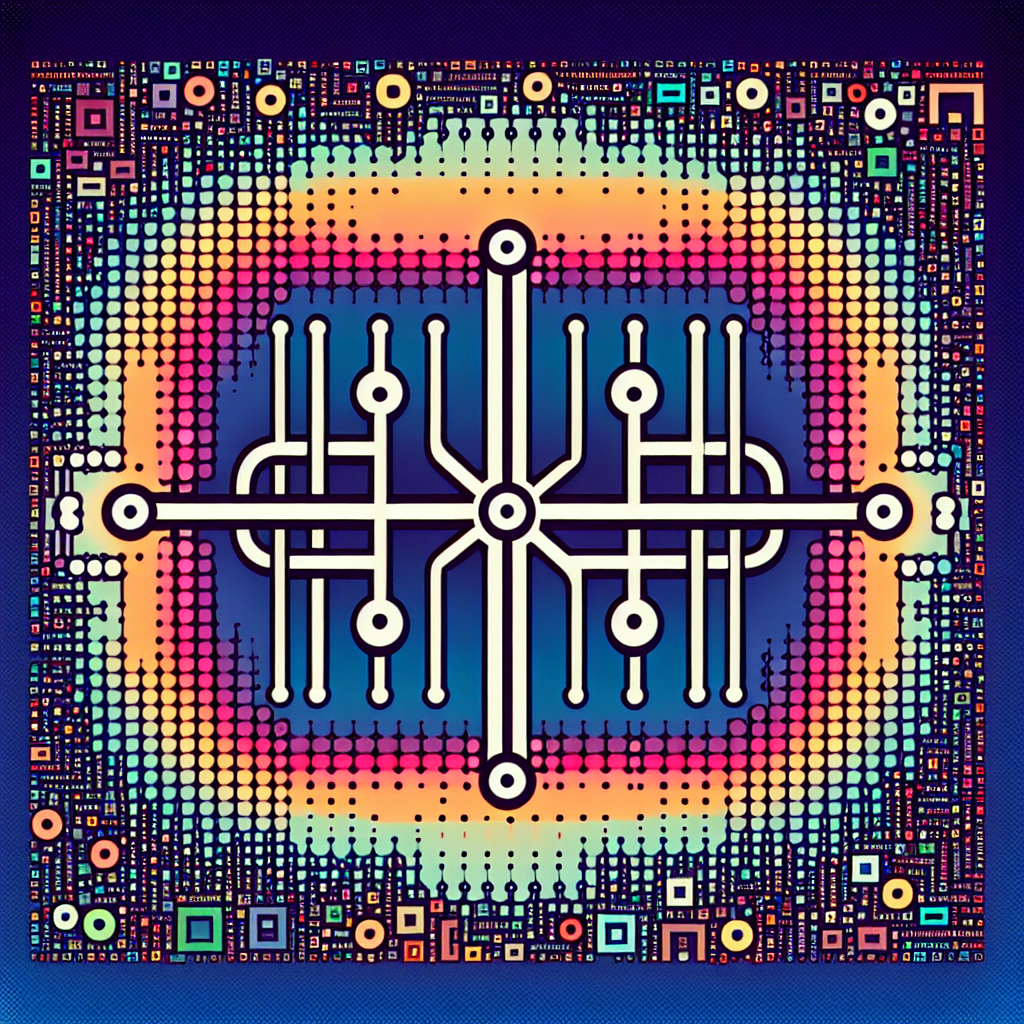Recurrent Neural Networks (RNNs) have gained popularity in the field of deep learning due to their ability to process sequential data. However, one of the challenges in training RNNs is dealing with the issue of vanishing or exploding gradients, which can hinder the learning process. To address this problem, gated architectures have been developed to improve the performance of RNNs.
Gated architectures are a type of neural network architecture that introduces gating mechanisms to control the flow of information through the network. These gating mechanisms allow the network to selectively update or forget information at each time step, enabling the network to better capture long-range dependencies in sequential data.
One of the most widely used gated architectures in RNNs is the Long Short-Term Memory (LSTM) network. The LSTM network consists of three main gates: the input gate, the forget gate, and the output gate. These gates control the flow of information through the network, allowing the LSTM network to store and retrieve information over long periods of time.
Another popular gated architecture in RNNs is the Gated Recurrent Unit (GRU) network. The GRU network simplifies the architecture of the LSTM network by combining the input and forget gates into a single update gate. This simplification allows the GRU network to achieve similar performance to the LSTM network with fewer parameters.
Breaking down the gated architectures in RNNs, we can see how these mechanisms work to improve the performance of the network. The input gate in the LSTM network controls the flow of new information into the cell state, while the forget gate controls which information to discard from the cell state. The output gate then decides which information to pass on to the next time step.
In the GRU network, the update gate combines the roles of the input and forget gates in the LSTM network, allowing the network to update the cell state more efficiently. The reset gate in the GRU network controls how much of the past information to forget, helping the network to capture the relevant information in the data.
Overall, gated architectures in RNNs have proven to be effective in improving the performance of these networks by addressing the issue of vanishing or exploding gradients. By introducing gating mechanisms to control the flow of information, gated architectures enable RNNs to better capture long-range dependencies in sequential data, making them a powerful tool for processing sequential data in deep learning applications.
#Breaking #Gated #Architectures #Recurrent #Neural #Networks,recurrent neural networks: from simple to gated architectures


Leave a Reply